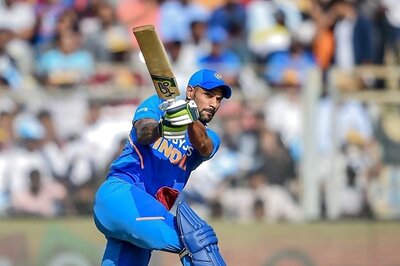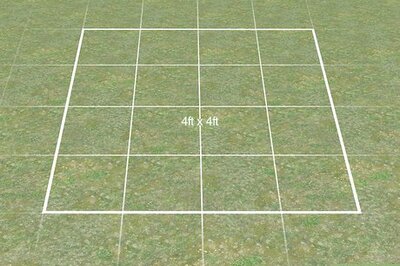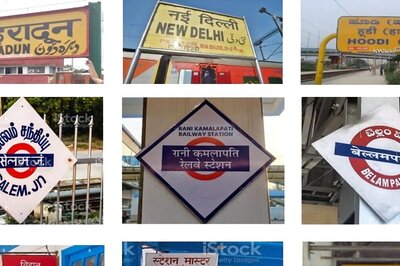
views
With the latest forecast from Morgan Stanley predicting India to become the third largest economy by 2027, a survey conducted by LocalCircles shows a majority of citizens being optimistic about the country’s clout in the world.
After three years of intense fight due to Covid-19 pandemic, which adversely impacted all sectors including prospects in employment, health and lifestyle, India bounced back in domestic as well as international markets.
When asked about India’s growing influence in the world, 77% of the of 11,738 respondents said the country’s standing in the global arena was “improving”; 14% felt it will remain the “same as what it is currently”. Around 4% of respondents, however, foresee it “deteriorating” and 5% opted for a cautious “can’t say”.
In another query, the respondents were asked how they see India’s growth and prosperity in the next four years to which 55% expressed optimism while 41% said the development will benefit only few and 4% still remained uncertain about the future.
According to Oxfam India’s “Survival of the Richest: The India Supplement” report released early this year, the gap between the rich and the poor widened in 2022 with only 5% of Indians owning more than 60% of the country’s wealth while the bottom 50% of population possessed only 3% of wealth. Even though there are expectations that India’s GDP growth may return to 7% in the next few years, it is not certain that everyone will benefit.
On the employment front, which has been wishy-washy since the pandemic years, the survey asked citizens how realistically they foresee India leveraging its demographic dividend by creating enough employment or entrepreneurship opportunities in the next four years.
Apart from 33% of those optimistic of India being able to create more employment, 44% of respondents are of the view that India “will create only some new jobs but many small entrepreneurs”; 3% indicated that they feel the government “will be unable to create new employment nor small entrepreneurs”; 10% more fear that they “will see shrinking of employment opportunities as well as number of small entrepreneurs”; in addition 7% opted for “can’t say” as they are uncertain how the next few years will pan out.
How scenario will change towards women and children, the survey indicated that 55% think safety will improve in the next four years while 27% feel it will remain the same as today. Nearly 17% think it will deteriorate and 4% are uncertain on the issue.
With most of black money getting converted into new currency notes post the 2016 demonetisation, bribery and corruption on the ground continues unabated. Only 37% showed optimism on less corruption, 38% don’t foresee anything improving and instead expect the situation to be “same as it is right now” while 22% expect the situation to “deteriorate (more corruption)” and 3% respondents “can’t say”.
In terms of outlook on social stability in the country, 45% of respondents were hopeful while 31% did not expect any improvement while 24% expect the situation to become worse.
Focusing on the continuing impact on Covid-19 and its variants, 53% believe it to be there for the next four years, 21% believe the “pandemic will still be there and a small portion of the population will have long term health issues due to long Covid.
When asked what will be the top challenge for India in the next four years, 40% indicated at “creating enough employment and livelihood opportunities”, 18% said driving economic growth; 14% hinted at “maintaining communal harmony”; 8% mentioned inflation and price rise, 7% feel managing geopolitical issues while 4% pointed at containing terrorism. Nearly 3% remain apprehensive about “handling of Covid and its effects on population while 2% indicated “other issues not listed above”.
The survey received over 80,000 responses from citizens located in 376 districts of India. Nearly 63% respondents were men while 37% respondents were women. 41% respondents were from tier 1, 32% from tier 2 and 27% respondents were from tier 3, 4 and rural districts. The survey was conducted via LocalCircles platform and all participants were validated citizens who had to be registered with LocalCircles to participate in this survey.

















Comments
0 comment